Okay. So we’re doing this.
As you may have seen on this website, The Jim Henson Company is finally entering the NFT game. Specifically, they have teamed up with the VeVe app to sell Labyrinth-themed NFTs. We’re told these are 3D digital collectibles that can be viewed in virtual galleries, dioramas, and augmented-reality photos. We have not yet seen what, exactly, they look like. We have only seen this logo.
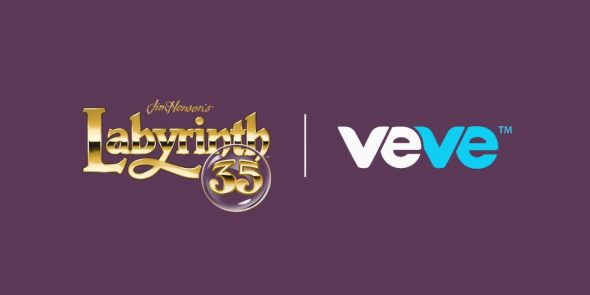
In theory, we here at ToughPigs should be excited. We are, of course, the people most likely to be excited about Henson-themed collectibles of any kind.
And yet, I’m not excited. In fact, I have to say that this is one of the worst decisions the Henson company has made in quite some time, and folks, they made the Happytime Murders.
What’s going on here? What are NFTs? Why aren’t the ToughPigs gang jumping up and down about this? Where do I park my bicycle? What’s the capital of Delaware?
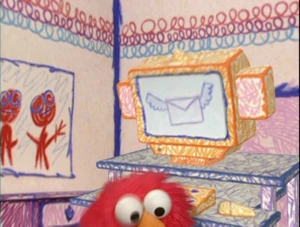
Read along to find out all this and more:
1. What are NFTs???
If you’re reading this website, you definitely know what N, F, and T are, because Cookie Monster probably taught you all about them at some point in the last 52 years. But you may not know what NFT means all together. It’s an acronym that stands for non-fungible token, which tells you that we’re talking about tokens that are absolutely not fungible. Not even a little.
What does the word “fungible” mean? Well, sorry, Murray Monster, but “fungible” has never been the Word on the Street. The word “fungible” means exchangeable. See, fungible goods are like gold or oil. One barrel of oil is identical in value to any other equally-sized barrel of oil. Non-fungible goods can’t be exchanged, because they are unique. For instance, if you owned the original Dr. Teeth puppet, that wouldn’t have the same value as the one used in Muppets Haunted Mansion.
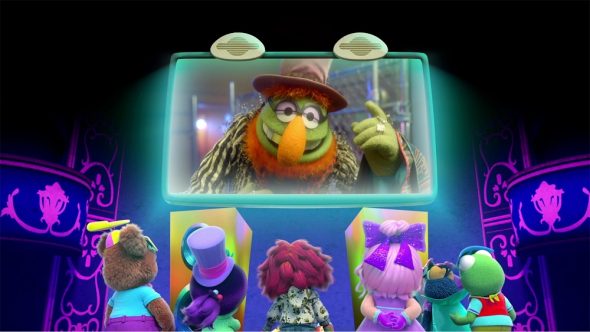
It’s easy to understand fungibility when we’re dealing with physical things, because we’ve been dealing with that for millennia. But on the Internet, fungibility is tougher to pin down. After all, on the Internet, things aren’t “real.” If I have a picture of Dr. Teeth on my computer, and you save that same picture of Dr. Teeth to your computer, they have the same value, and that value is basically nothing, because pictures of Dr. Teeth are everywhere. (I think? I only go to ToughPigs and Muppet Wiki so I assume all websites are full of them.)
So NFTs were made by some nerds on the Internet in an attempt to assign this kind of non-fungible collectibility to things online. This, in theory, would “revolutionize art” by adding value to things like “pictures of Dr. Teeth.”
2. So NFTs are unique online images?
Kind of. OK, so stay with me. Let’s say you buy a non-fungible token that’s a picture of Hoggle. Often, NFT sellers assure you that this is a unique image. You’ll see, a lot of the time, NFTs that are slight variants of each other to ensure each is unique. So maybe one image is Hoggle with a captain’s hat, or Hoggle with a fedora, or Hoggle with a neck-a-tie.
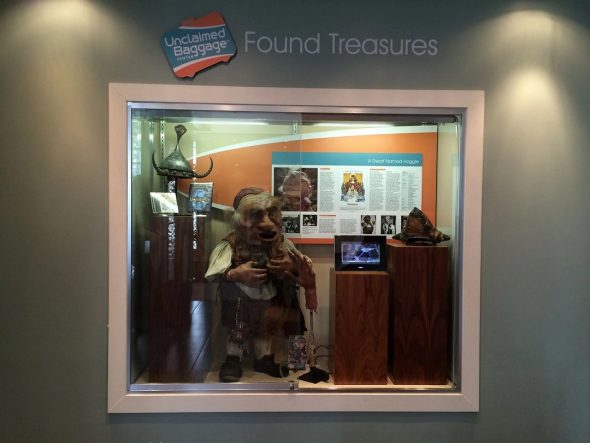
But of course, anyone can “right-click” an image of Hoggle and save it to their computer, and then two people could have the same exact image of Hoggle. So the image itself is fungible. OK, so then does buying an NFT mean you get the copyright to the art? No, of course not. Especially in this example! There’s no way the Henson Company is going to sell you the rights to Ludo. You are not going to become the legal co-owner of all merchandise featuring Jen the Gelfling. That’s silly.
So what isn’t fungible about your image? Well, that’s where the technology comes in. What is unique to your image is a special code. That code is like a link to your image that is stored on the blockchain. You are the proud, legal owner of this non-fungible code. Only you have this code, which means even if I can find your picture of Hoggle using Google Image search, only you have the legal right to find Hoggle using this one specific code.
3. So what makes the code non-fungible?
Codes can be shared, right? For instance, let’s say you want a code that will take you to an image of Chef Gonger. Here’s a code that’ll do just that: https://static.wikia.nocookie.net/muppet/images/9/92/Gonger-Foodie.jpg/revision/latest?cb=20171117223232
But NFT codes are special, because they’re stored on the Blockchain. And this is where things get complicated. I am not going to explain the nuances of what makes the Blockchain database different from other databases, because my knowledge of computers tapped out when they stopped being able to play Muppets Inside.
But the point is, the Blockchain is very good at storing records of information. As long as a Blockchain server remains up, it permanently records who owns which special link, and that cannot be altered within the server. In order to prove that you have this kind of very unique code, a server needs to be constantly working on complicated math problems. Like all computer processes, like reading an article I once wrote about the Sesame Street Zodiac or watching ToughPigs interview Gonzo and Pepe, doing this math takes energy, and that energy comes from fossil fuels and things like that.
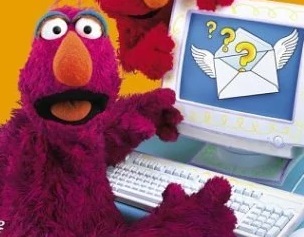
Does the Blockchain server store the images? No. It only stores a record that you have a unique code. Some people have tried to use a Blockchain to store images, but at present, that takes such a ridiculously large amount of energy. So your image is just stored on whatever cloud service you’ve uploaded it to, like every other image on the Internet. In the case of Henson’s specific plan here, it’s stored on the VeVe app.
Your code is what’s unique and stored in a new way. Your image is not.
4. This seems very complex.
Yes. Yes it is.
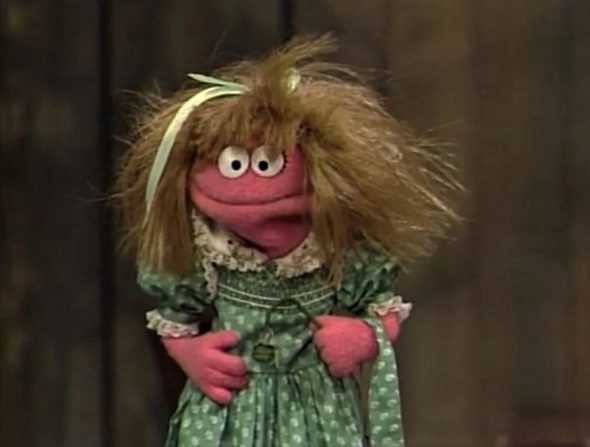
The Internet is a great way for artists to make money. For instance, many artists offer commissions, where if you pay them, they will draw you any picture you like. And stores like Etsy let artists sell physical goods, and websites like YouTube let people make ad revenue off of creative movies. There are flaws with each of these systems, sure, but they’re good examples of how art can use the Internet in simple ways to thrive. And of course, the Jim Henson Company could make money on the Internet by selling things, like Blu-Rays of Labyrinth or shirts with the Hoobs on them or toys of Sid the Science Kid or whatever.
NFTs are not very simple. I mean, I just spent a long time describing them, so you get that.
5. So why are Labyrinth NFTs a bad idea?
Well, there are a lot of reasons, so let’s discuss them.
A. The value of NFTs doesn’t really make sense.
Obviously, art has value. It is pleasant to look at, or thought-provoking, or entertaining. And it comes from the labor of real people, which is always worth supporting with your dollars.
But NFTs are based on this idea of scarcity or collectibility, and that’s where things get weird. You may have seen NFTs that are like, weird, poorly-drawn pictures of apes and wondered why they have such high values. Well, what people are trading in is scarcity. After all, you’re the only one who owns the special code to that special ape.
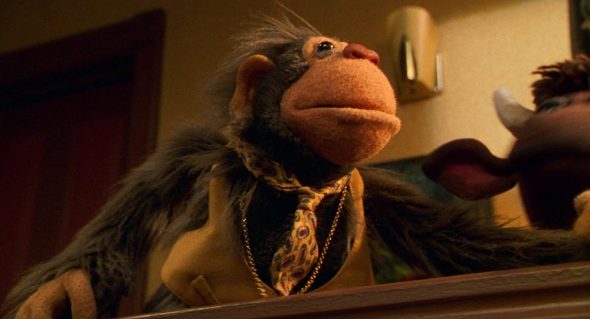
This is weird, though, because it’s still an Internet image. If you want to see that ape, you can. You can save the ape image to your computer by right-clicking it. There’s also no reason why we couldn’t have multiple complicated codes that take us to the same image. This is different from physical collectibles. For instance, if you actually owned the original Dr. Teeth puppet, that would be valuable because you own something. Here, you don’t really. It’s like collecting cosmetic items in a video game.
B. NFTs are a risky investment.
For many people, NFTs represent the future of investing. Like I said, you’ve probably heard stories about NFT art being sold for thousands of dollars. We’d all like to earn thousands of dollars, right? And hey, buying and selling things is nothing new. We’ve all bought and sold Muppet collectibles for years, right? If I can buy a Roosevelt Franklin album online, then why shouldn’t I buy a special code that leads to an image of Roosevelt Franklin?
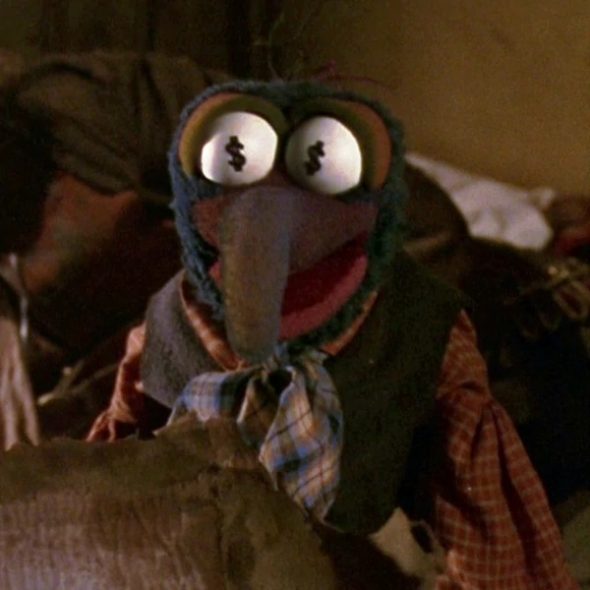
NFTs sell for a lot in part because they are a decentralized commodity. What this means is unlike stocks, the government and other agencies do not regulate the exchange of NFTs. This means that if something goes wrong, and you get scammed, no one can step in and support you. This also means that NFTs can be a haven for money laundering and similar schemes. People can sell an NFT to themselves to inflate the value. Servers can vanish after the money has been obtained. What happens if the VeVe app goes out of business or is no longer compatible with your phone in the future? Will you no longer be able to view the image related to your code?
Originally, NFTs were untaxed, so things got even weirder financially. Now, they’re taxed, in which case you’re absolutely better off just investing in, y’know, stocks.
C. NFTs are not the best way to support artists.
If you’re in the NFT game for reasons beyond gambling with unregulated investments, often it’s because you want to Support Artists. Like I said before, there’s a million other ways to support artists, both big and small. Want to see some creative art done with the Henson brands? Check out our ToughPigs art series! Want to support artists? Hire them to make art. Buy their merch. Watch their movies and listen to their albums. It’s not like your only choices are buying NFTs or not supporting art.

D. NFTs aren’t the best way to collect things.
I love Labyrinth. I love collecting things. I love looking at pictures of Henson stuff.
Well, there’s so many great ways I can do that!
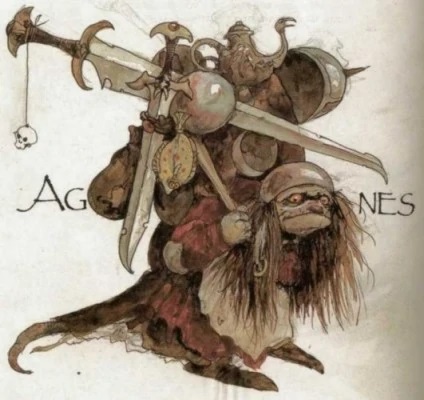
A Labyrinth bestiary is coming out soon! The Fraggle Rock Visual History is great! Comic books! Blu-Rays! Plush toys! It’s all there and you can actually own and enjoy it!
We don’t even know what these NFTs will look like, but they’re unlikely to be as compelling as a well-written comic or a well-crafted board game. Currently, corporate NFTs have largely simply been “an image of an existing thing,” like these DC Comics NFTs of comic book covers. You’re not getting anything you couldn’t get anywhere else.
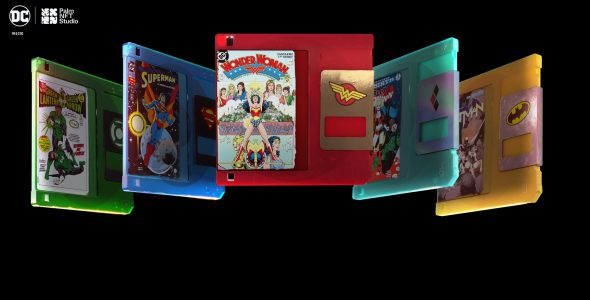
E. And of course, NFTs are bad for the environment.
This is somewhat controversial, so stay with me.
Yes, to an extent, all capitalism is bad for the environment. It takes petroleum to make my plastic Grover toy, and petroleum to ship it from the factory to Target, and petroleum for me to drive from my apartment to buy it, and so and so on.
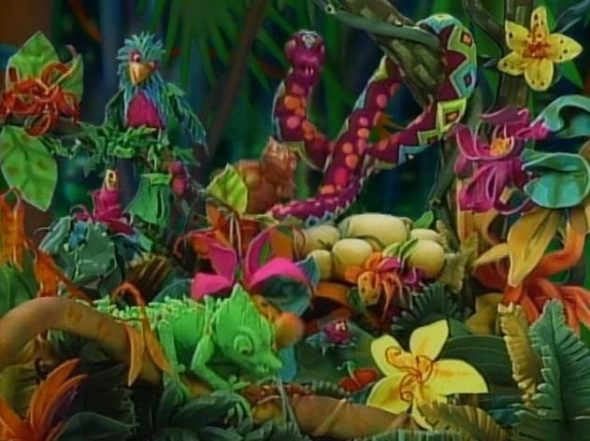
But NFTs are, as a rule, notably bad. Remember, to preserve the uniqueness of your code, computers need to be running 24/7. There’s no END to your energy use here. At least my plastic Grover now just sits on my desk and doesn’t constantly drink oil.
Ethereum, which is effectively the type of Blockchain this is all stored on, traditionally uses a lot of energy. A lot of recent work into NFTs has been designed to reduce the environmental impact of this. For instance, VeVe states that they use a type of Ethereum that uses 99% less energy than regular Ethereum. But we’re still talking about a constant flow of energy for something that ultimately doesn’t matter as much as other resources (like, say, heat and light).
Is there a way to maintain NFTs without constantly draining energy? Unlikely, and certainly not currently.
F. So in conclusion, NFTs aren’t really very Henson-y.
They’re not particularly interesting. They’re not accessible. They’re not entertaining. They’re not good for the planet. This decision is baffling and feels like a selfish cash-grab, which is something Henson was always loath to do during his lifetime. This is about as far from Henson as you can get.
There’s a ton of creative Henson projects out there you could support and collect. There’s a ton of talented new artists out there you could commission, and get your own special art pieces.
Did you really want to read all of this to understand what a 3D image of the old guy with a bird hat really is? No. It’s just ridiculous.
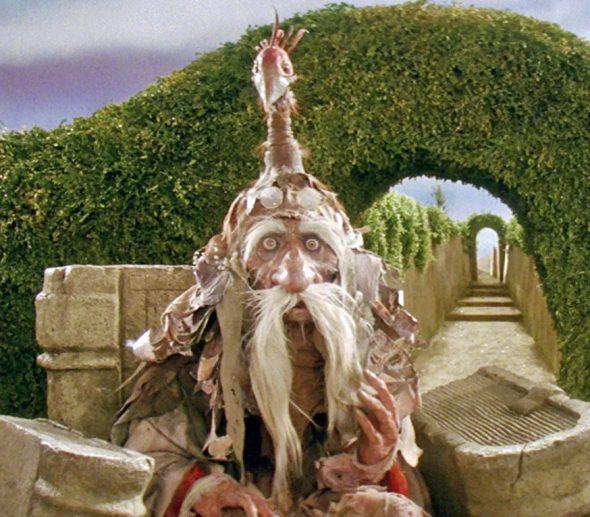
Some sources I used:
- https://www.theverge.com/22310188/nft-explainer-what-is-blockchain-crypto-art-faq
- https://www.veve.me/
- https://www.investopedia.com/terms/b/blockchain.asp
- https://muppet.fandom.com/wiki/Muppet_Wiki
Click here to be as compelling as a well-written comic or a well-crafted board game on the Tough Pigs forum!
by Becca Petunia

